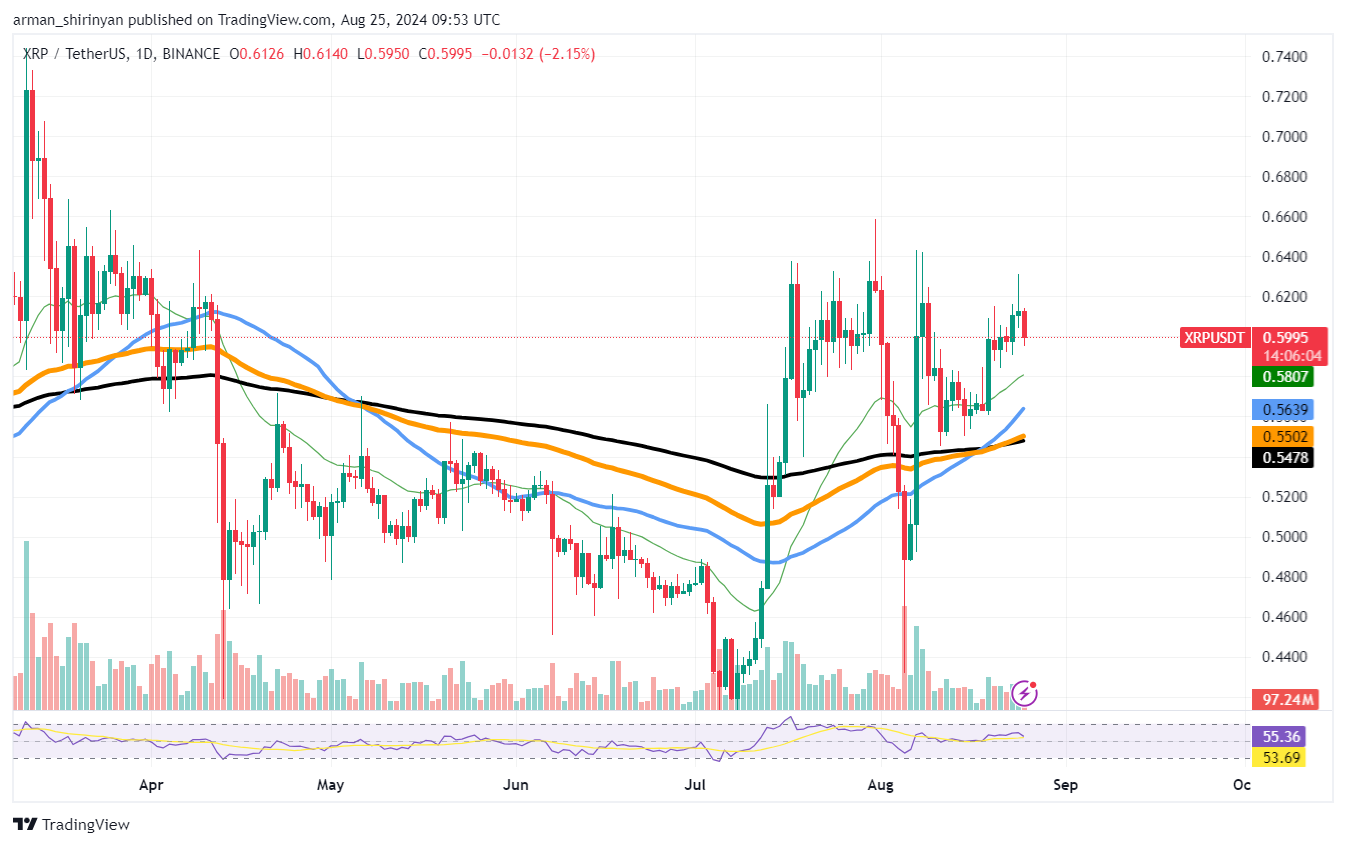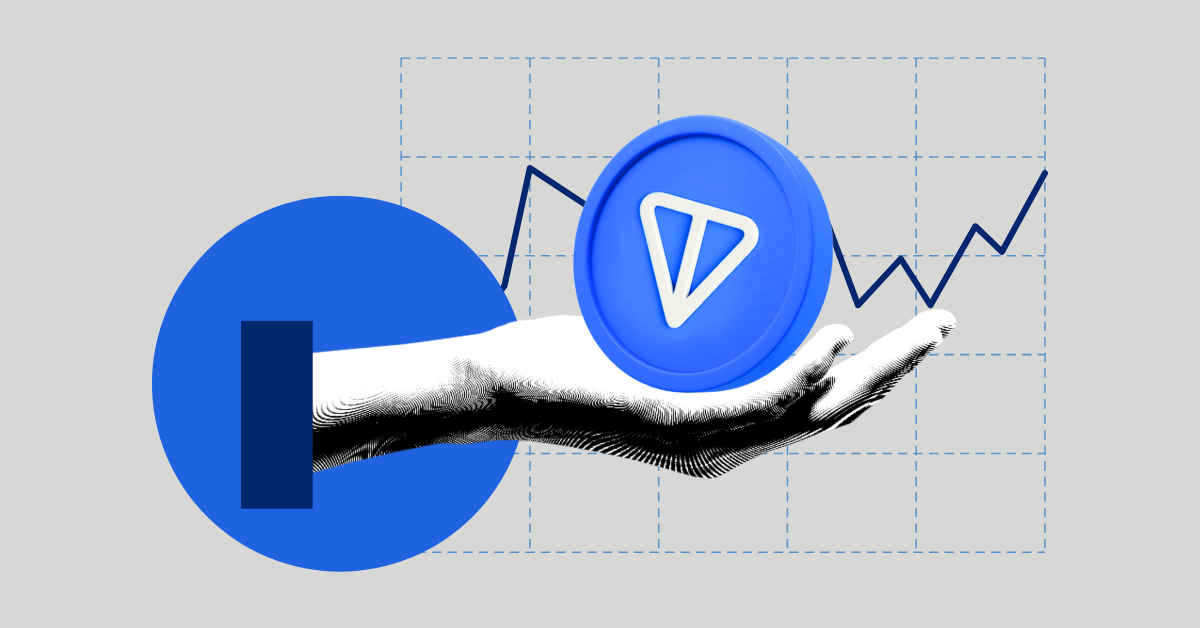Ever since the Bitcoin price has rebounded from the lows below $40,000, the token has not only remained consolidated but a huge drop in volume has also been recorded. Each time the price surges above $43,000, bearish activity surges, which results in the crypto reclaiming its initial positions. Considering the current trade set-up, it appears that the BTC price may maintain a range-bound consolidation for more time, which may have a positive impact on the crypto.
The BTC price began the February trade within the same range, remaining stuck around the $43,000 level. This has caused the markets to remain in an equilibrium position, where decoding the next possible move could be a tedious job. Therefore, a popular analyst, Michael van de Poppe, says that the BTC price could trade between a high and a low range of $49,000 to $38,000 in the coming months.
The analyst also believes that the price may soon begin with a pre-halving run to achieve $48,000 after the ongoing consolidation. Moreover, he also predicts the price could trigger a fine upswing and mark a new ATH in Q3 or Q4 2024.
“Bitcoin stuck in a range, markets are in an equilibrium.
I’d looking at the range-bound construction for the coming months.
Pre-halving a final run towards $48K, after that consolidation, before the breakout towards an ATH in Q3/Q4 of 2024,”
Currently, the Bitcoin price is trying hard to break above the decisive symmetrical triangle and a bullish daily close beyond $43,700 could validate the move. However, this may not be considered a rise beyond the bearish influence, as a notable move beyond $44,500 to $44,800 may induce significant strength in the bulls, who may elevate the levels beyond $45,000. If the bulls sustain above these levels until the halving, then a fresh BTC price rally may trigger, which may achieve new highs, as said by the analyst.






